Uig to Tarbert: A Slow-Travel Love Letter to Harris
There’s a certain magic to approaching Harris from the sea. From Uig on the Isle of Skye, the CalMac ferry needles across the Little Minch to Tarbert—the narrow isthmus that stitches North and South Harris together—on a relaxed crossing of roughly 1 hour 40 minutes. It’s the shortest hop to the Outer Hebrides, and on a clear day the Atlantic light feels like a promise of wide beaches, machair meadows, and hills sculpted by ancient ice. Book ahead (especially with a vehicle), arrive 30–45 minutes before departure, and then let the ferry—and your pulse—slow down.
On this route you’ll likely sail aboard MV Hebrides, the workhorse of the so‑called “Uig Triangle.” Launched in 2000, she carries over 600 passengers and around 90–100 cars, with plenty of deck space to watch Skye falling astern and Harris growing ahead. Her service speed trims the crossing to about 100 minutes in calm conditions—time enough for a CalMac coffee and a scan for dolphins.
Tarbert: Where Harris Begins
Tarbert (from the Old Norse/Gaelic tairbeart, “isthmus” or “portage”) is Harris’s main hub and the landing point for the Uig ferry. Cradled between East and West Loch Tarbert, it’s a natural base with Harris Tweed shops, eateries, and a marina; the village has grown from an 18th–19th‑century fishing outpost into the island’s practical and cultural heart. From here, every direction leads to a different face of Harris—white‑sand west, “Bays” to the east, mountains to the north, and islands beyond.
The Social Distillery: Harris in a Glass
A few steps from the ferry is the Isle of Harris Distillery, known as the Social Distillery for its community‑first mission to create long‑term local jobs. Opened in 2015, it welcomes visitors with a peat fire, a canteen for soups and home baking, and guided tours of both gin and whisky production. The distillery’s signature Isle of Harris Gin is famously “from the sea,” built on a botanical core that includes sugar kelp harvested in the Outer Hebrides.
In 2023, Harris released its first single malt whisky, The Hearach (“a person from Harris”), matured in a mix of first‑fill bourbon, oloroso, and fino sherry casks, and bottled at 46% ABV on the island. The inaugural batches sold out in hours, and further bottlings continue to show a balanced island style with gentle smoke and floral fruit. Whether you drop by for a gin martini in the canteen, or book the Hearach tour to peek behind the stills, this distillery is a living, local story as much as a drinks destination.
Harris Tweed: Cloth of Land and Law
Tarbert is also a natural place to meet Harris Tweed®, the island’s world‑renowned cloth. By law—specifically the Harris Tweed Act 1993—Harris Tweed must be hand‑woven at the weaver’s home in the Outer Hebrides, and the dyeing, spinning, and finishing must also happen in the islands. Only then can it carry the Orb certification mark of the Harris Tweed Authority. Wander into a Tarbert tweed shop and you’ll find the colors of Harris—sea greens, gneiss greys, machair yellows—translated into texture. It’s more than fashion; it’s place, protected.
If you’re curious about how fleece becomes cloth, look up the Authority’s step‑by‑step process: wool shearing, dyed-in-the-wool color blending, carding, spinning, warping, home weaving on pedal‑powered looms, then finishing and inspection before the Orb is stamped on. Local weavers still work from home sheds, a distinctive human thread running through an island‑wide supply chain.
West Harris: Beaches That Reset Your Sense of Color
Luskentyre (Losgaintir)
Drive south from Tarbert along the A859 and the first sight that stops you is Luskentyre Sands, a vast amphitheatre of pearl‑white beach and turquoise shallows with Taransay floating on the horizon. Regularly named among the UK’s best beaches, it changes hour by hour with the tide—low water turns the bay into a luminous, painterly sweep of sandbars and teal channels. Bring layers, a camera, and time.
Seilebost
Just across the water, Seilebost mirrors Luskentyre’s palette with its own drama. At lower tides, the sands seem to stitch Luskentyre Road to the A859, and viewpoints along the highway deliver those classic postcard frames—Taransay beyond, gradations of aquamarine below. Access can be trickier; if you’re exploring, mind parking etiquette and passing places.
Borve
Further south, Borve (Na Buirgh) sits on machair with archaeological traces and the historic Borve Lodge estate behind it. The estate has a long, colorful history—from an Earl of Dunmore’s 19th‑century sporting lodge, to Lord Leverhulme’s interwar visions, to today’s restoration projects and a deep local connection (the current owners also steward Taransay).
Scarista / Sgarasta Mhòr
At Scarista (Sgarasta), the Atlantic breaks onto a mile‑long strand flanked by dunes and a nine‑hole golf course with one of the most jaw‑dropping backdrops in Scotland. On wild‑wave days it’s a surfer’s dreamscape; on calm evenings the sand glows under big‑sky sunsets. Access is via stiles or gates—park considerately—and keep an eye on tide and undercurrents if you’re tempted to swim.
Taransay: The Empty Island That Everyone Knows
Off the west coast of Harris lies Taransay—Britain’s largest uninhabited island since 1974, and famous as the setting for BBC’s Castaway 2000. Once home to several small settlements, Taransay today is a sanctuary of machair, dunes, deer, and seabirds. Boat trips in season land you at Paible to wander beaches that gaze back across to Luskentyre and Seilebost. Ownership now sits with the Borve Lodge Estate, whose recent stewardship has emphasized ecological restoration.
East Harris: “The Bays”—Rock, Inlets, and Quiet Roads
Swing east from Tarbert and you meet an entirely different Harris. The single‑track Golden Road threads the Bays of Harris—a moonscape coastline of inlets and islets that cradles small communities like Grosebay and Finsbay. It’s a place to slow down: watch for otters, nose into galleries and cafés, and feel the wind shape the heather. Finsbay’s waters attract anglers; Grosebay makes a gentle base for exploring art studios and coastal walks.
Scalpay: Lighthouse and a Bridge to the Past
Just east of Tarbert, a bridge (opened 1997) links Harris to the island of Scalpay. The prize for walkers is Eilean Glas Lighthouse, first lit in 1789 as one of Scotland’s original lights, later rebuilt to the red‑banded tower you see today. The out‑and‑back path across moor and skerries is classic Harris: raw, sea‑rimmed, and invigorating, with a flash of history at the end.
Rodel: St Clement’s Church and the MacLeod Chiefs
At the southern tip of Harris, Rodel holds St Clement’s Church (Tùr Chliamhainn), often called the grandest late‑medieval church in the Western Isles. Built in the early 16th century for Alasdair Crotach MacLeod, chief of the MacLeods of Harris and Dunvegan, it preserves his superb wall tomb—carvings of saints, a galley, hunting scenes—and a quiet kirkyard with MacLeod burials. It’s a pilgrimage for lovers of island history, architecture, and clan lore.
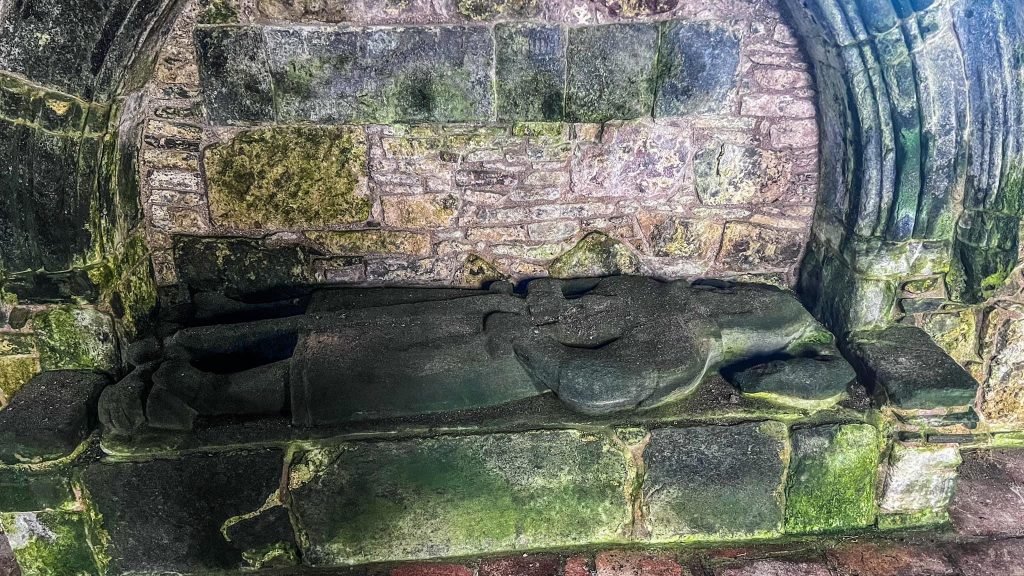
Which Clans Shaped Harris?
Harris’s story is deeply entwined with the Clan MacLeod, specifically the branch known in Gaelic as Sìol Tormoid—the MacLeods of Harris and Dunvegan. From their castle seat on Skye, they held Harris for centuries, and their imprint survives at Rodel and in place‑names and lore across the island.
History in the Isles was rarely quiet. The MacLeods’ rivalries with the MacDonalds of Sleat smouldered for generations, sparking raids that sometimes reached Harris’s shores in the late 16th and early 17th century. One episode—MacDonald attacks on Harris lands and subsequent clashes—shows how island politics and kinship shaped life on both sides of the Minch.
To the north and west, the Morrisons of Ness (Lewis) were a formidable family; their name survives in Harris tradition through the grim story of the 1544 “Massacre of Taransay”, when men from Lewis attacked the island, only to meet violent reprisals. Clan borders in the Hebrides were fluid, but these narratives—MacLeod lordship, MacDonald rivalry, Morrison incursions—frame the deep time of Harris.
A Day (or Three) on Harris: Suggested Plan
Day 1 – Tarbert, Distillery & Tweed
Arrive on the morning ferry, drop your bags, and walk to the Isle of Harris Distillery for a tour or tasting; warm up with soup in the canteen. After lunch, browse a Harris Tweed shop—look for the Orb mark—and perhaps book a weaving demo or visit the information terminal nearby. Golden‑hour drive to Luskentyre for the kind of evening light that empties your camera battery.
Day 2 – West Coast Beaches & Taransay Views
Loop Seilebost → Luskentyre → Borve → Scarista, timing your beach stops around mid‑ to low tide for maximum sand and color. Weather good? Consider a boat trip to Taransay for a few hours of near‑primeval calm; otherwise, aim your lens from the roadside pull‑ins above Seilebost and Luskentyre.
Day 3 – The Bays, Scalpay & Rodel
Take the Golden Road through Grosebay and Finsbay, stopping for galleries and coffee, then head to Scalpay for the lighthouse walk. Finish at Rodel: St Clement’s Church is at its most atmospheric in the late light, when the stone warms and the carvings soften.
Practical Travel Tips
- Ferry & Check‑in: Book early in peak months; check in 45 minutes (vehicles) or 30 minutes (foot) before departure. Keep an eye on service updates during Atlantic weather events.
- Crossing Time: About 1h40 on the Uig–Tarbert route; MV Hebrides usually serves the “Uig Triangle.”
- Driving: Harris roads are largely single track with passing places—unhurried and courteous is the island way.
- Tides & Beaches: Luskentyre and Seilebost change dramatically with the tide; check local tide tables and give yourself time to wander.
- Respectful Exploring: Many viewpoint pull‑ins are small; avoid blocking gates or passing places, and be mindful near cemeteries and croft access points.
- Seasonal Rhythm: Spring to early autumn brings milder weather and longer days; winter light can be sublime but plan for shorter daylight windows and changeable conditions.
- Booking Experiences: Distillery tours run most of the year—reserve ahead; weaving demos and boat trips (e.g., to Taransay) also benefit from advance planning.
Why This Crossing Stays With You
Arriving by sea makes Harris feel, rightly, like a place apart. You step ashore in Tarbert and within minutes you’re tasting a gin infused with island seaweed, running Harris Tweed through your fingers, or planning a beach day where the colors seem invented. Drive west and you meet sands that outshine the tropics; curve east and you enter a rock‑and‑inlet world where the past lingers in small harbors and Gaelic names. South, in Rodel, the MacLeods rest in carved stone. Offshore, Taransay lies low and quiet, the great uninhabited heart of a very human landscape.
The ferry from Uig isn’t just a link—it’s the first chapter. Everything that follows on Harris feels like the rest of the story.

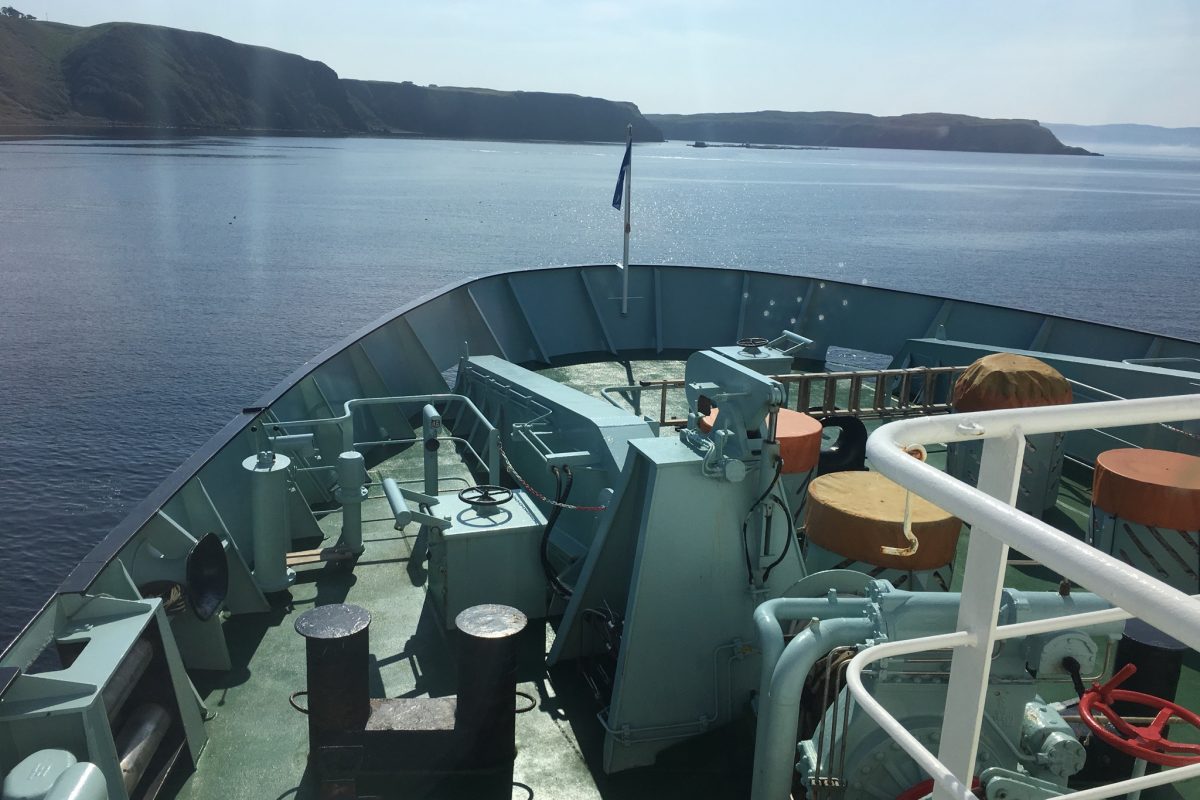
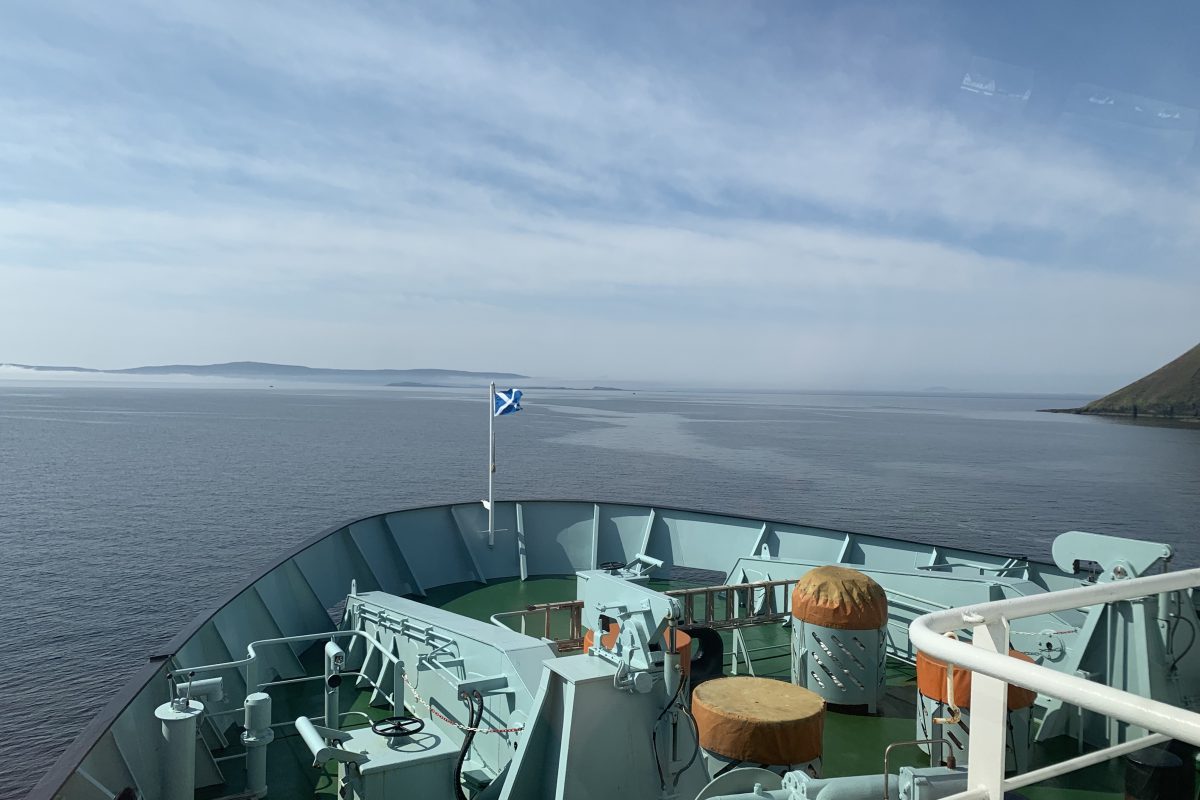

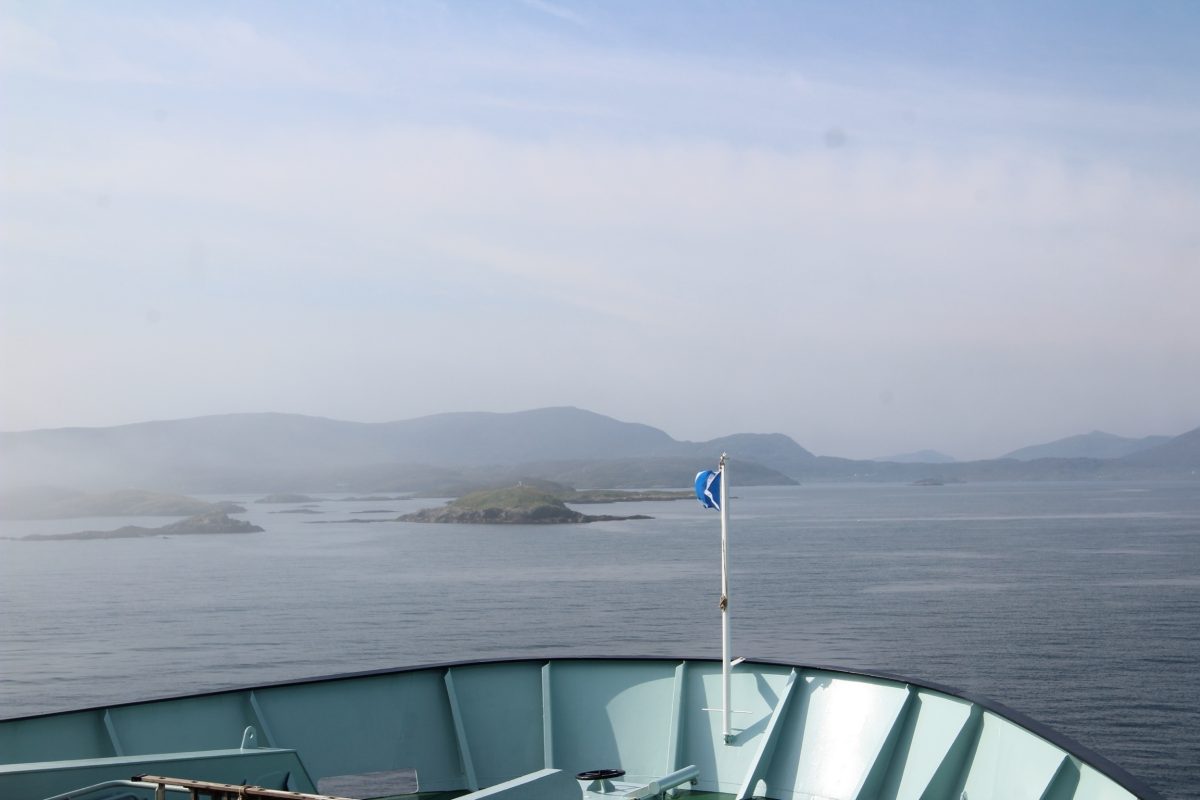
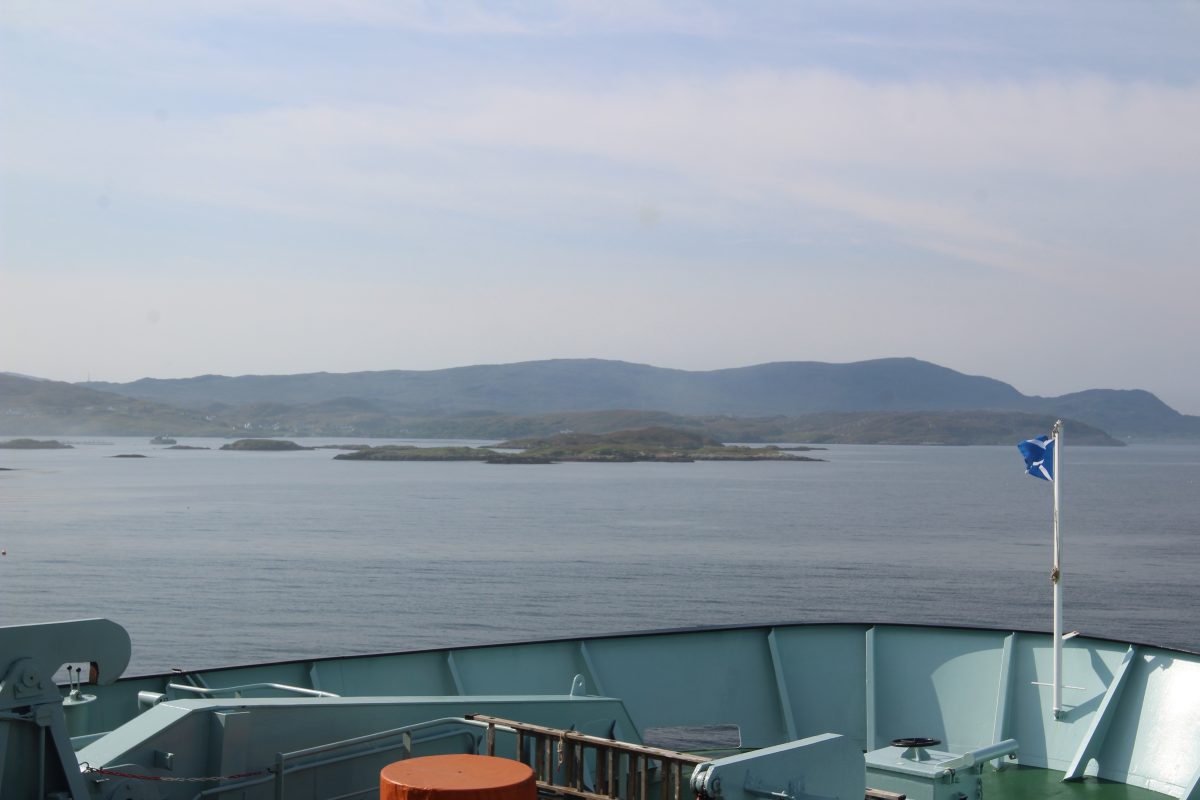

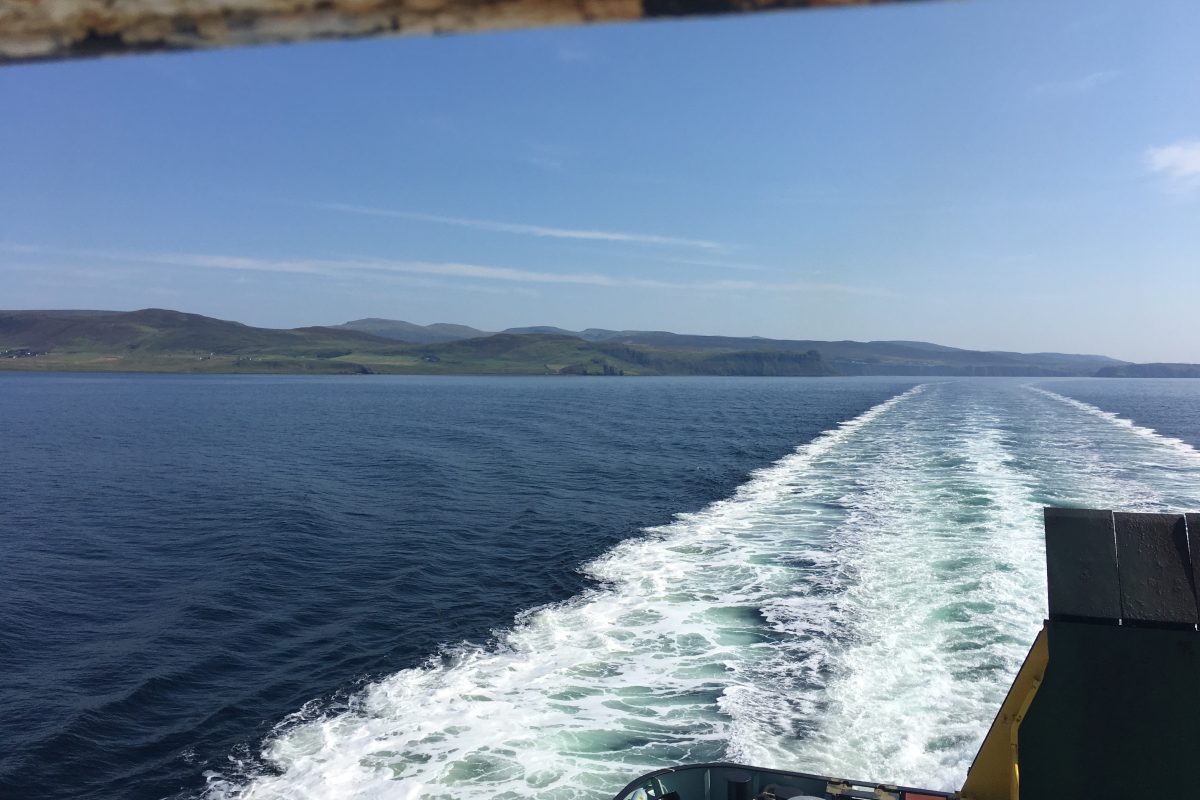


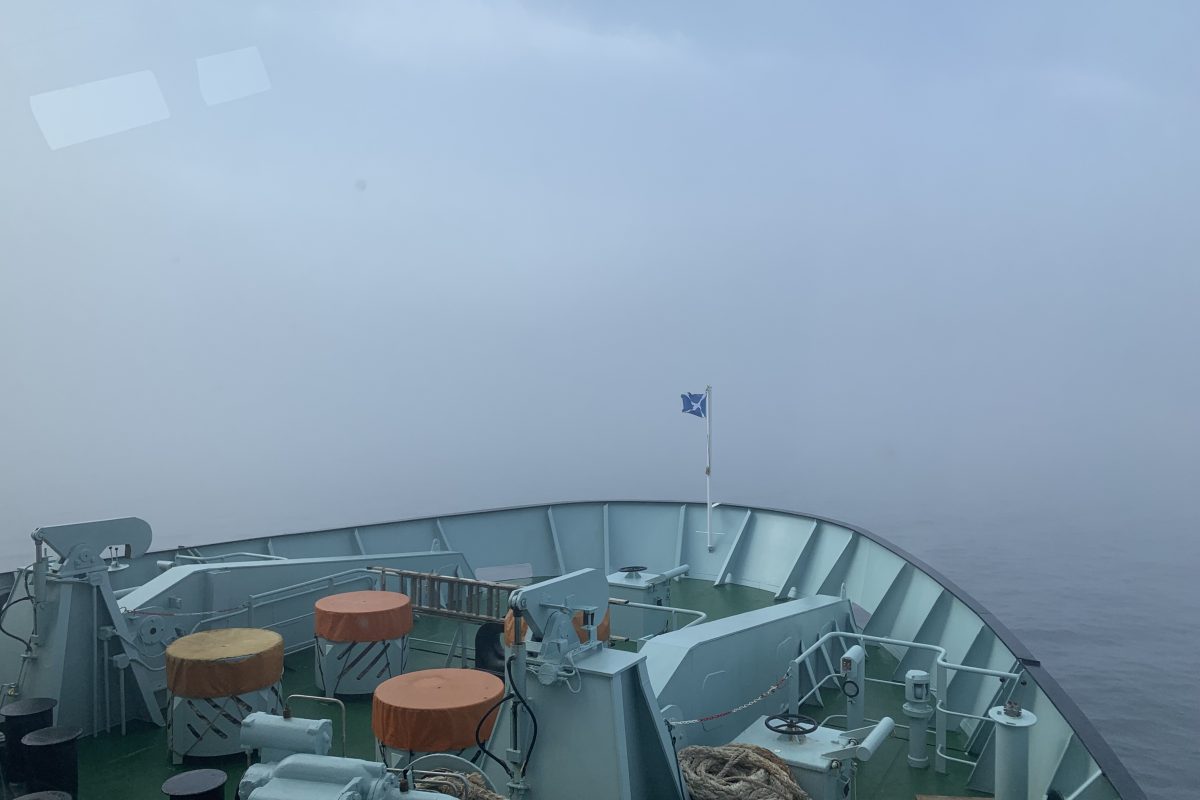

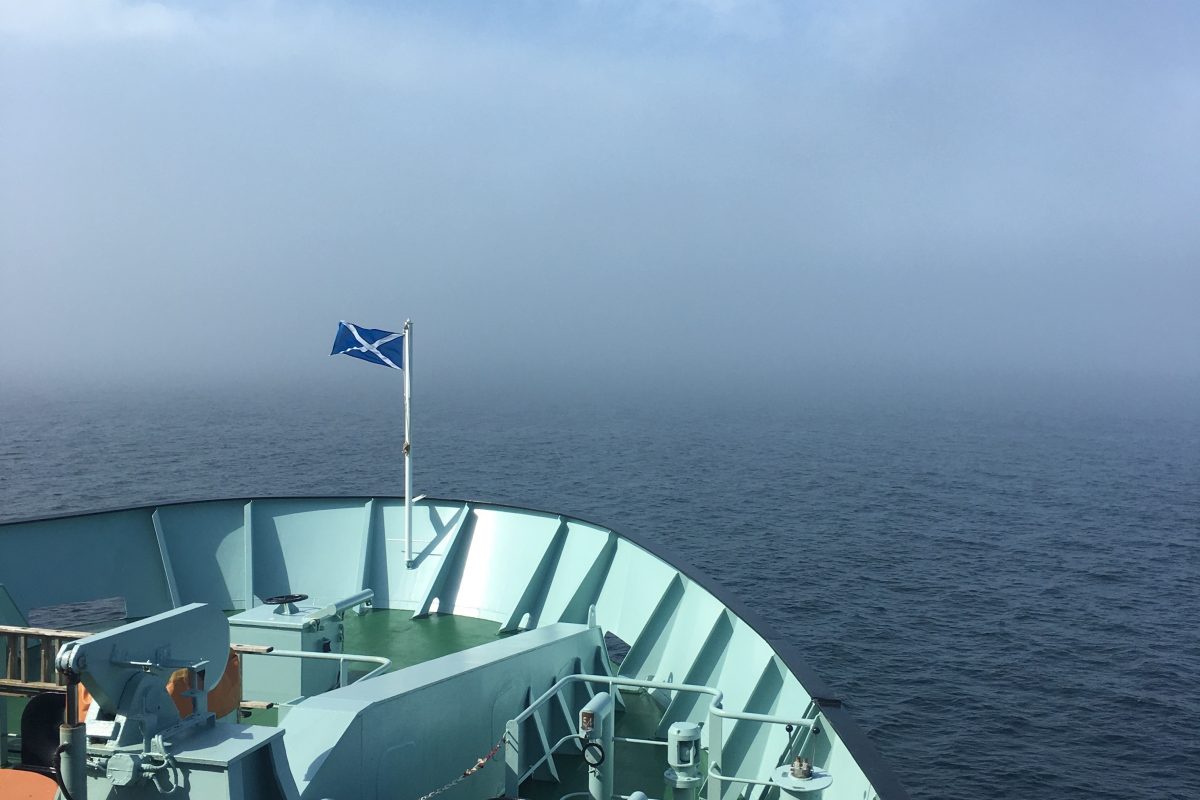
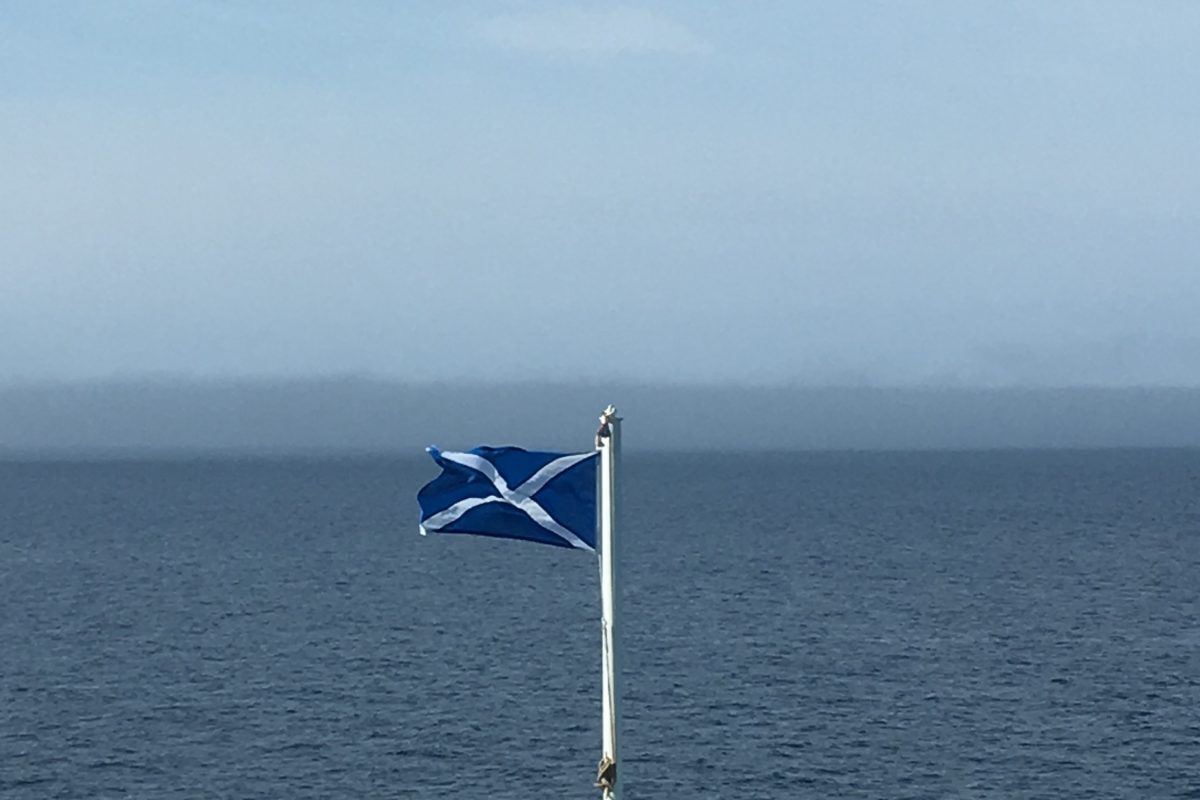
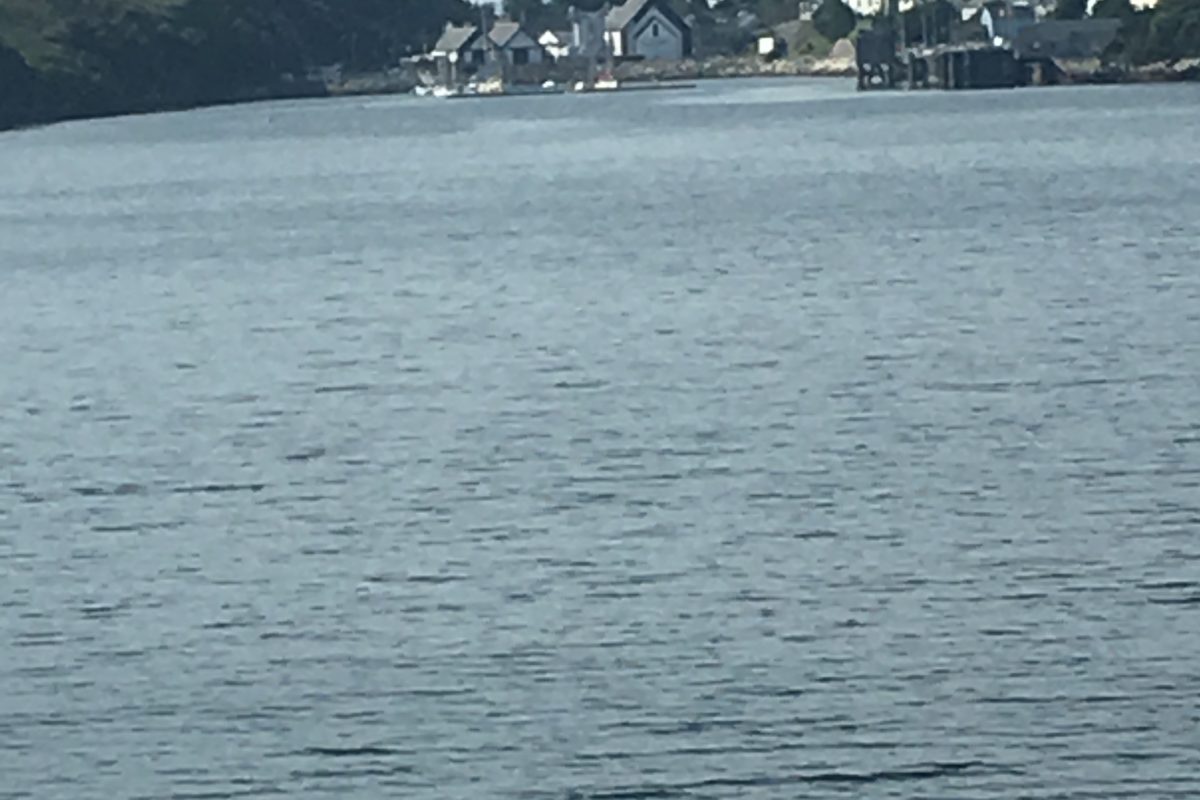
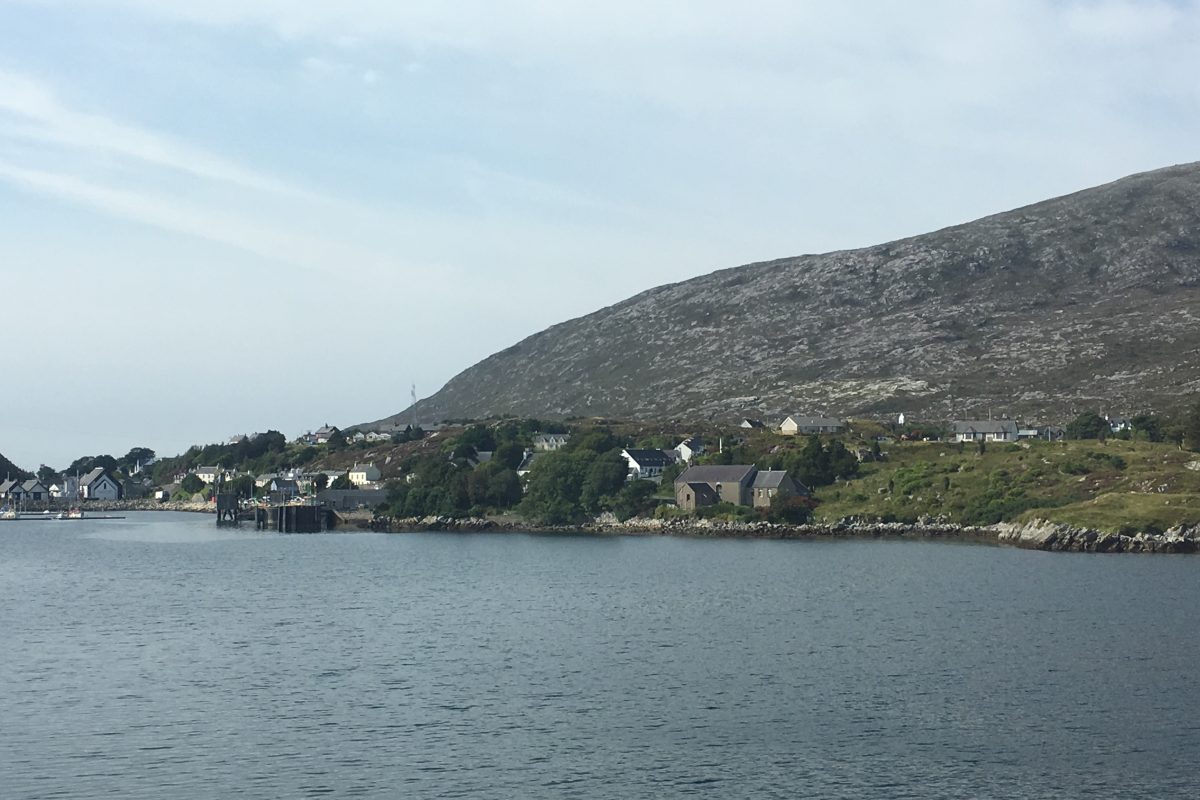
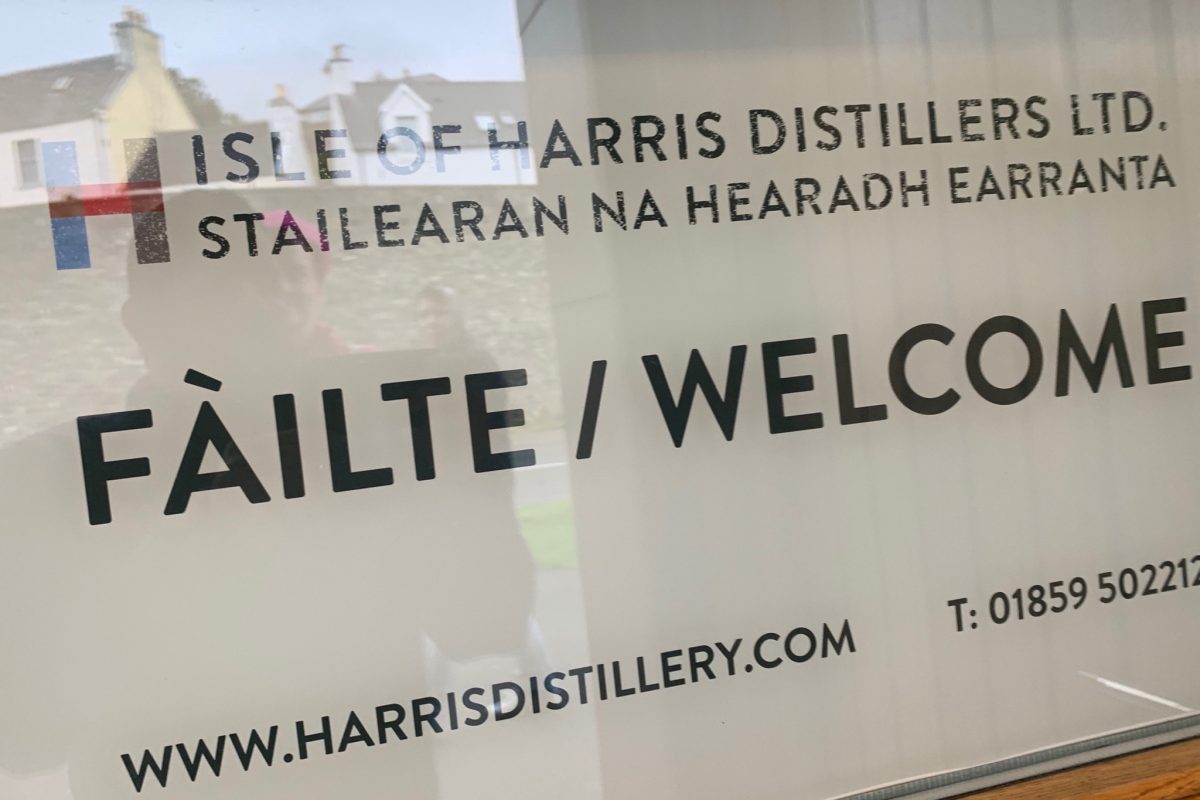


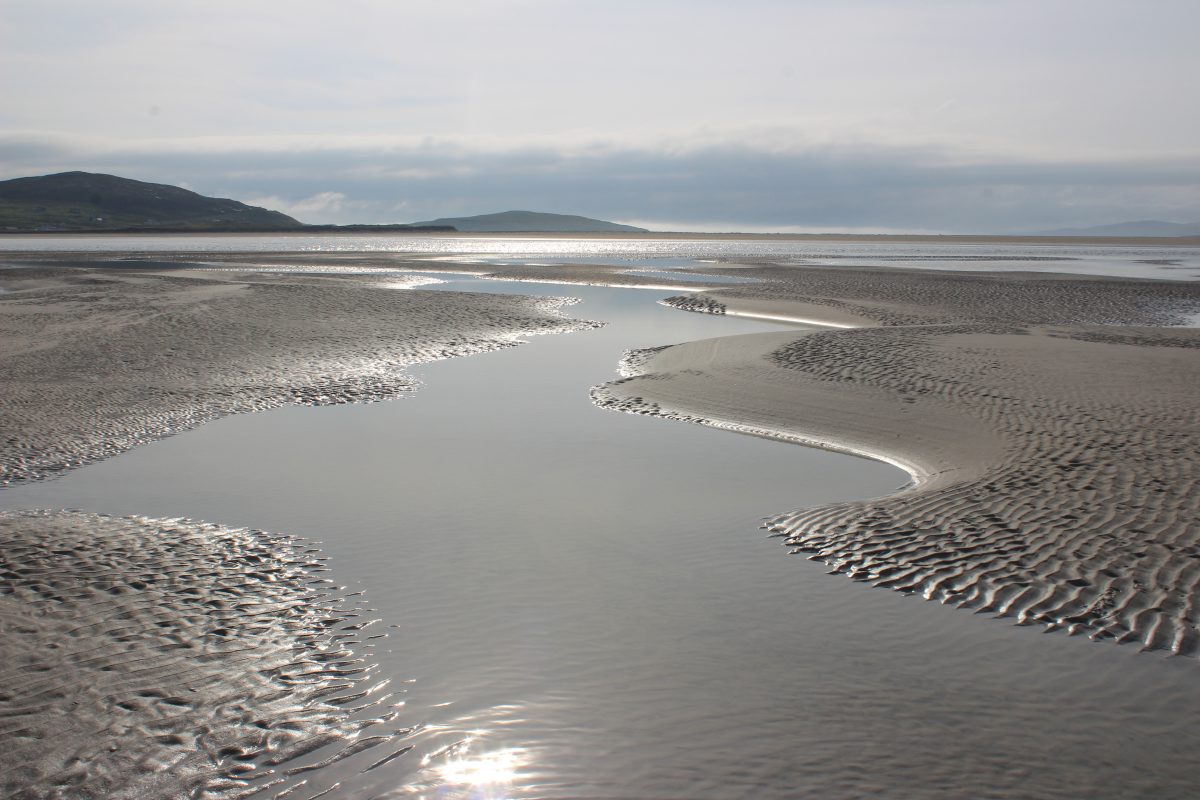

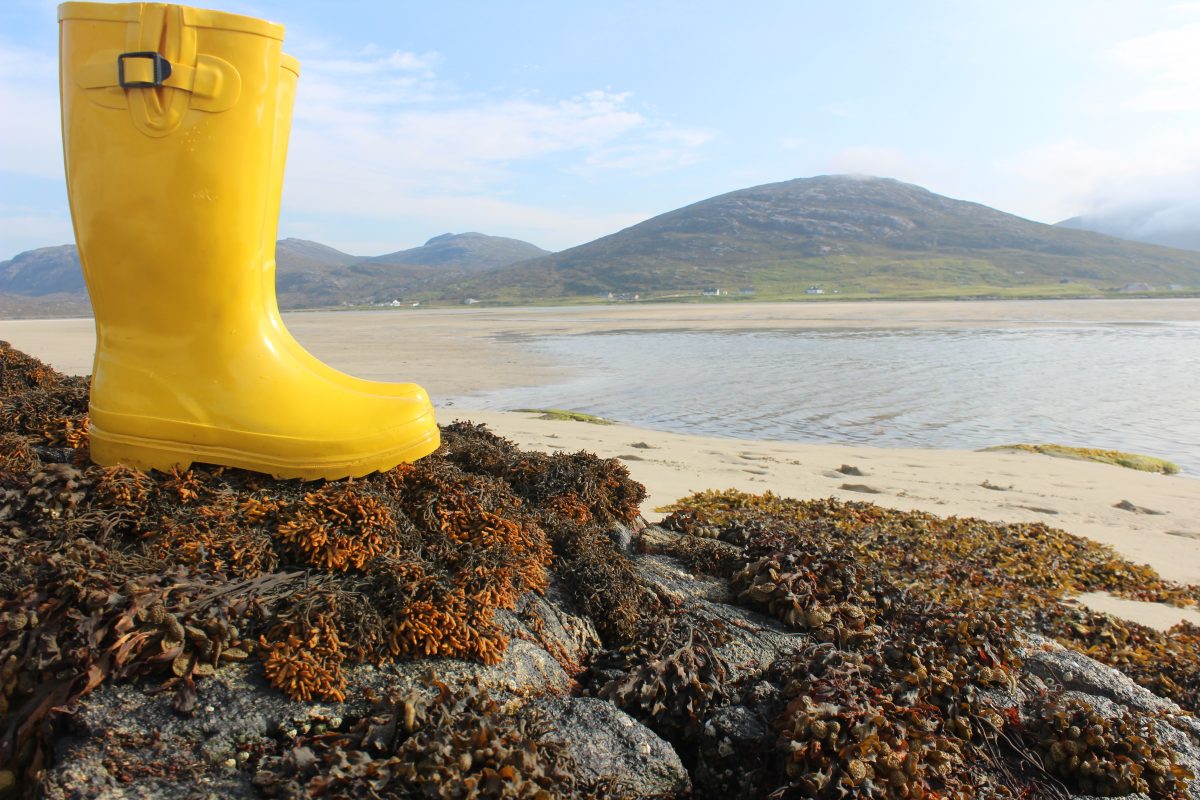

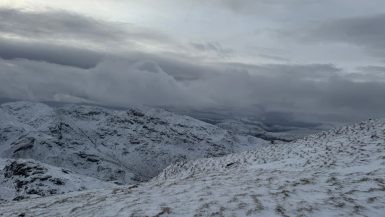
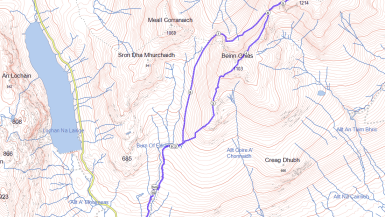
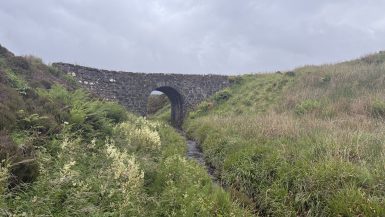
Leave a reply
You must be logged in to post a comment.